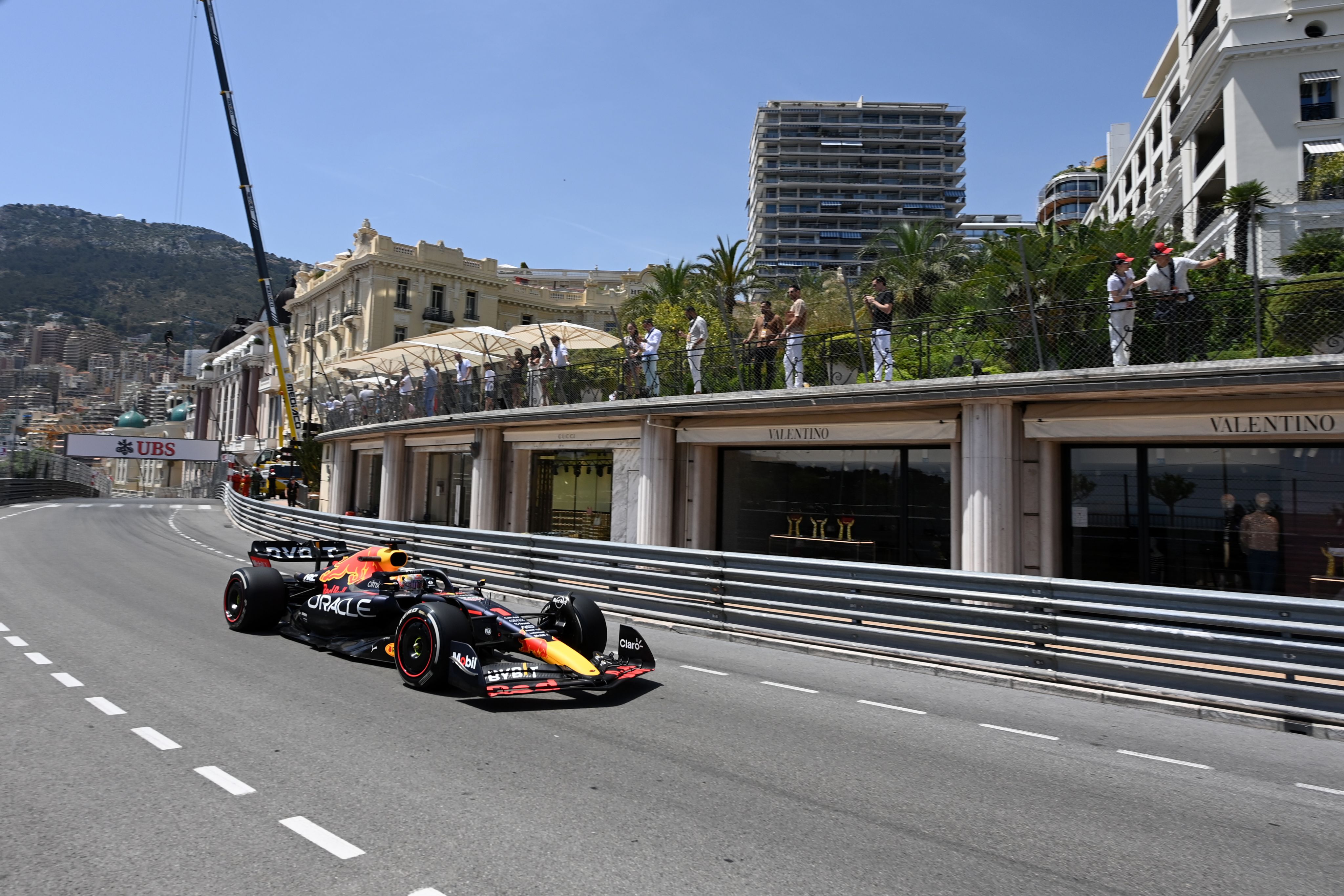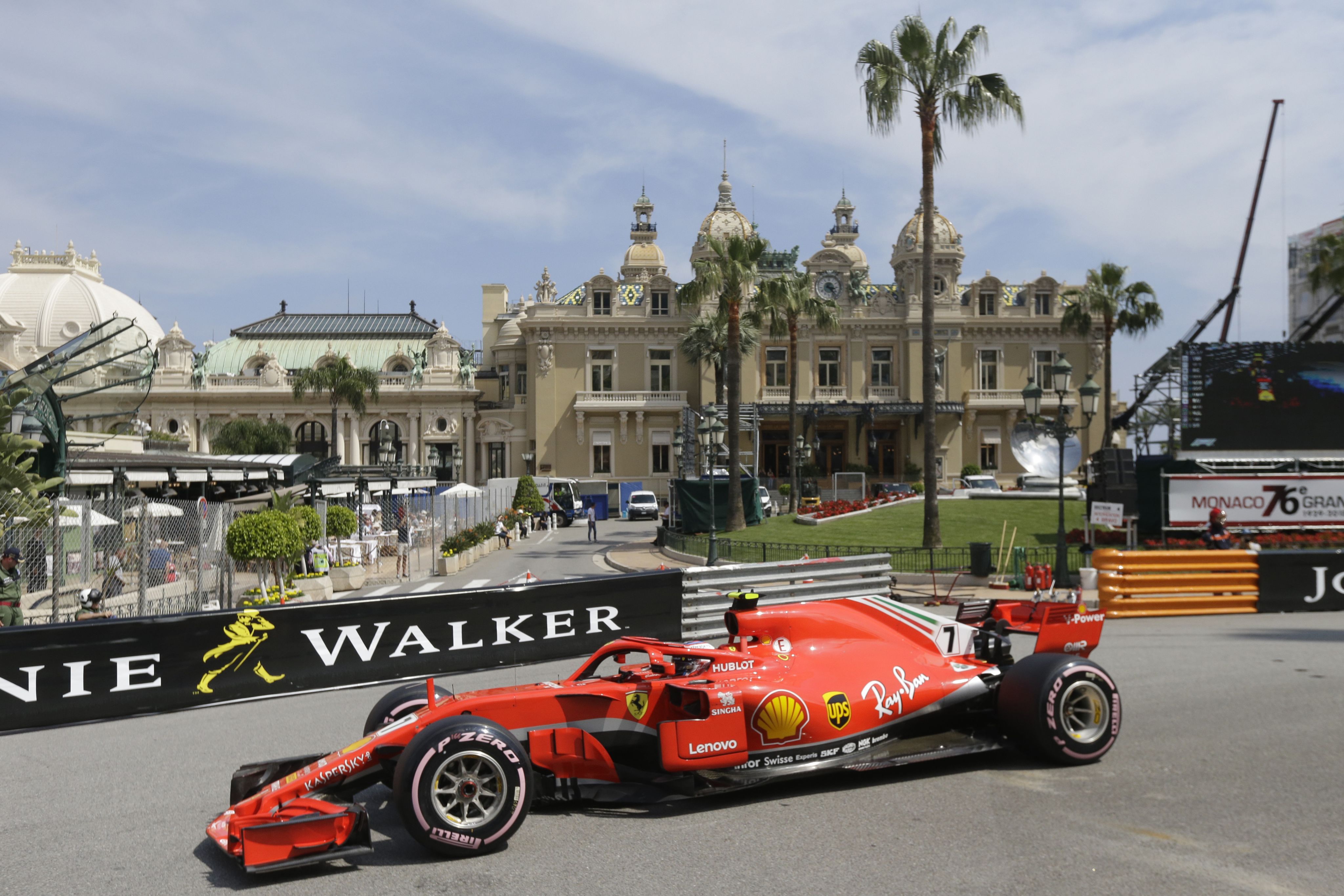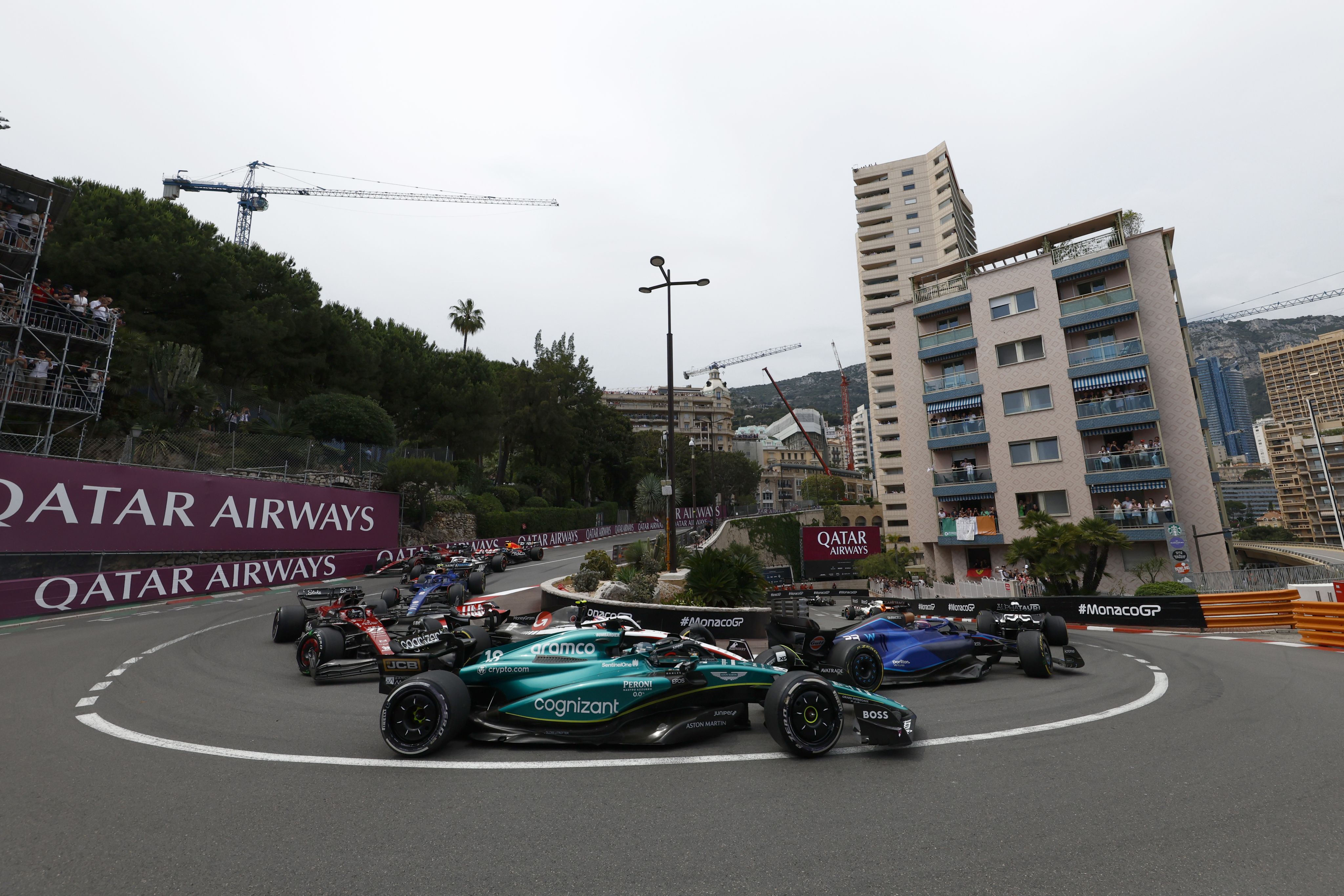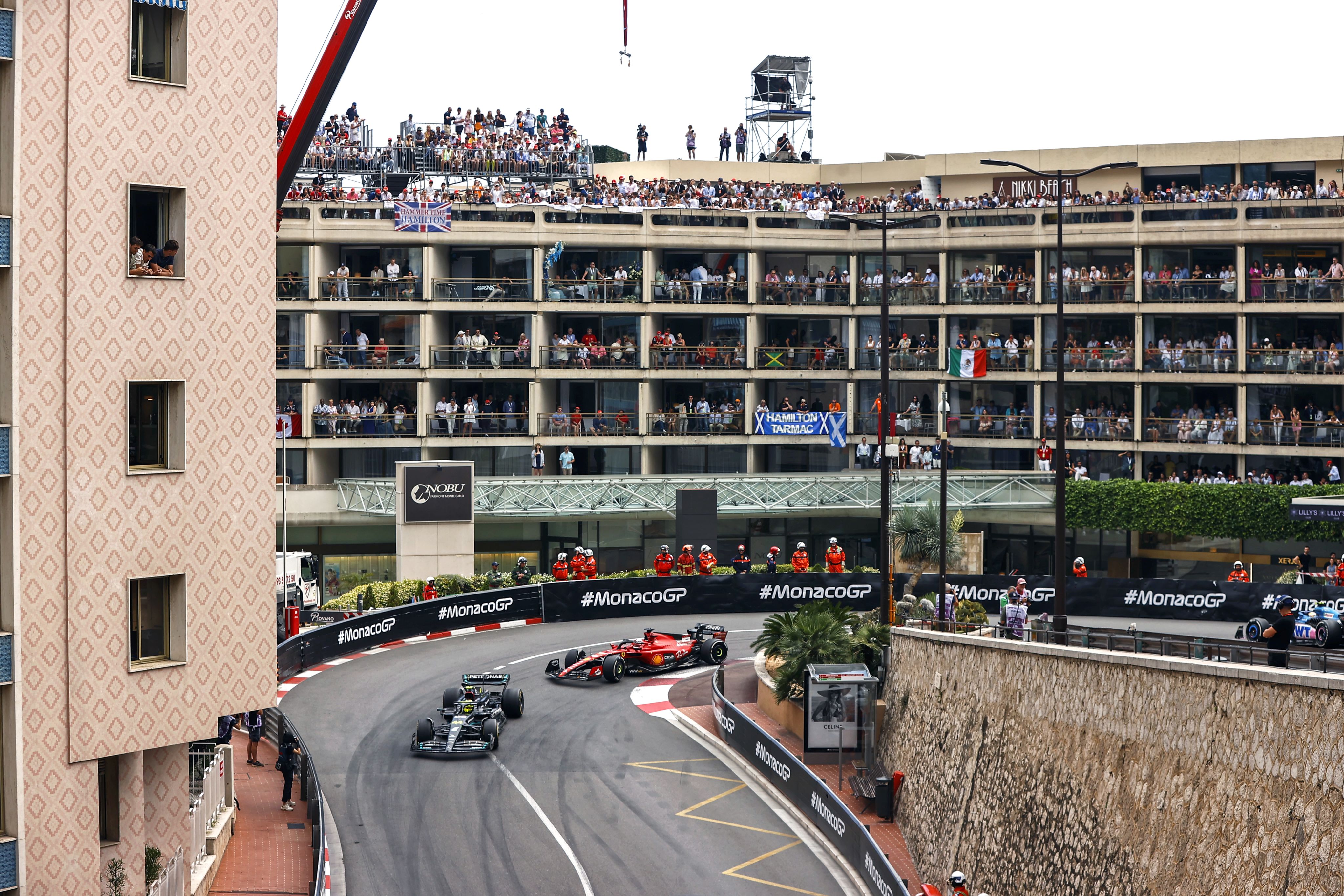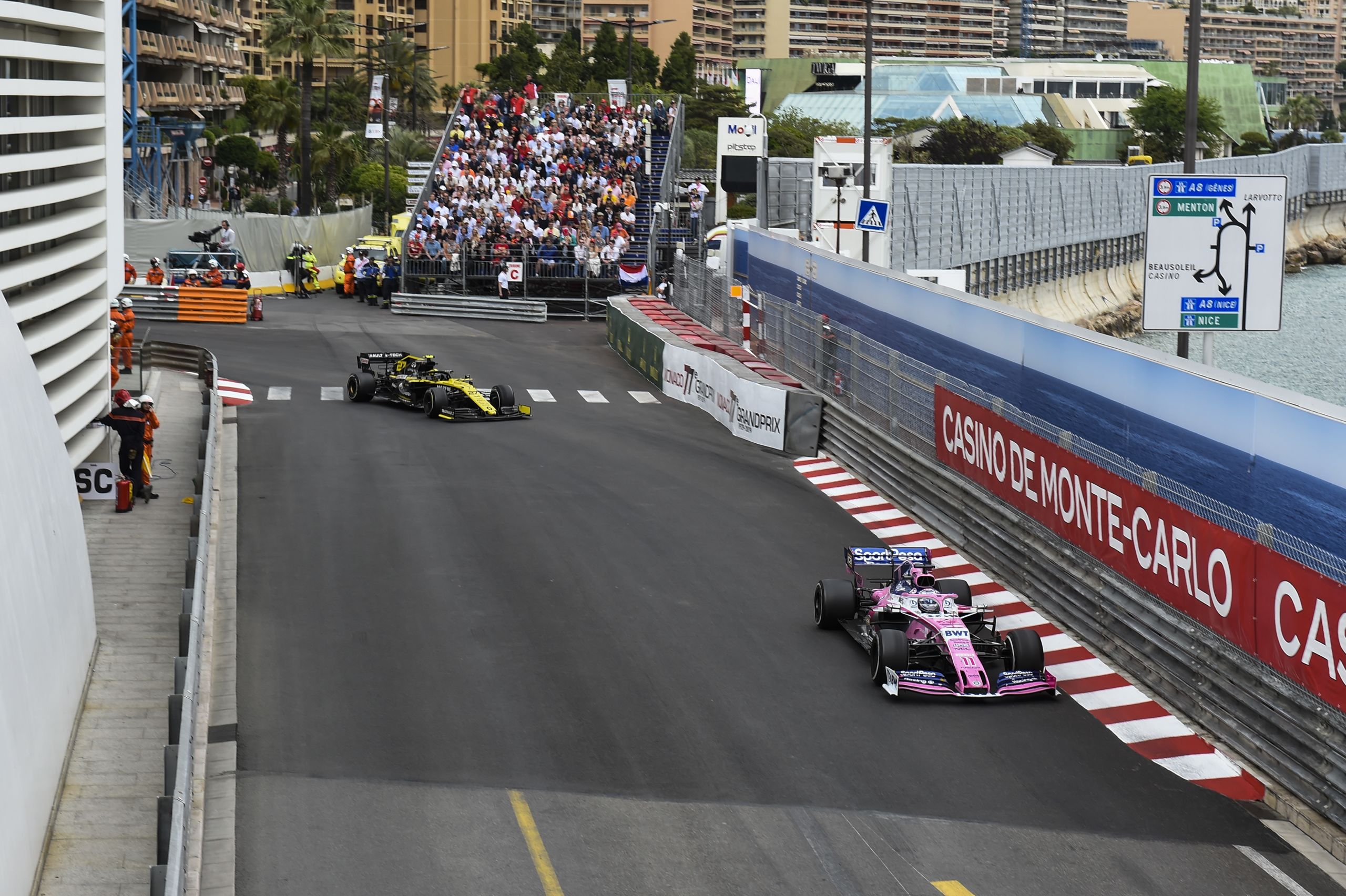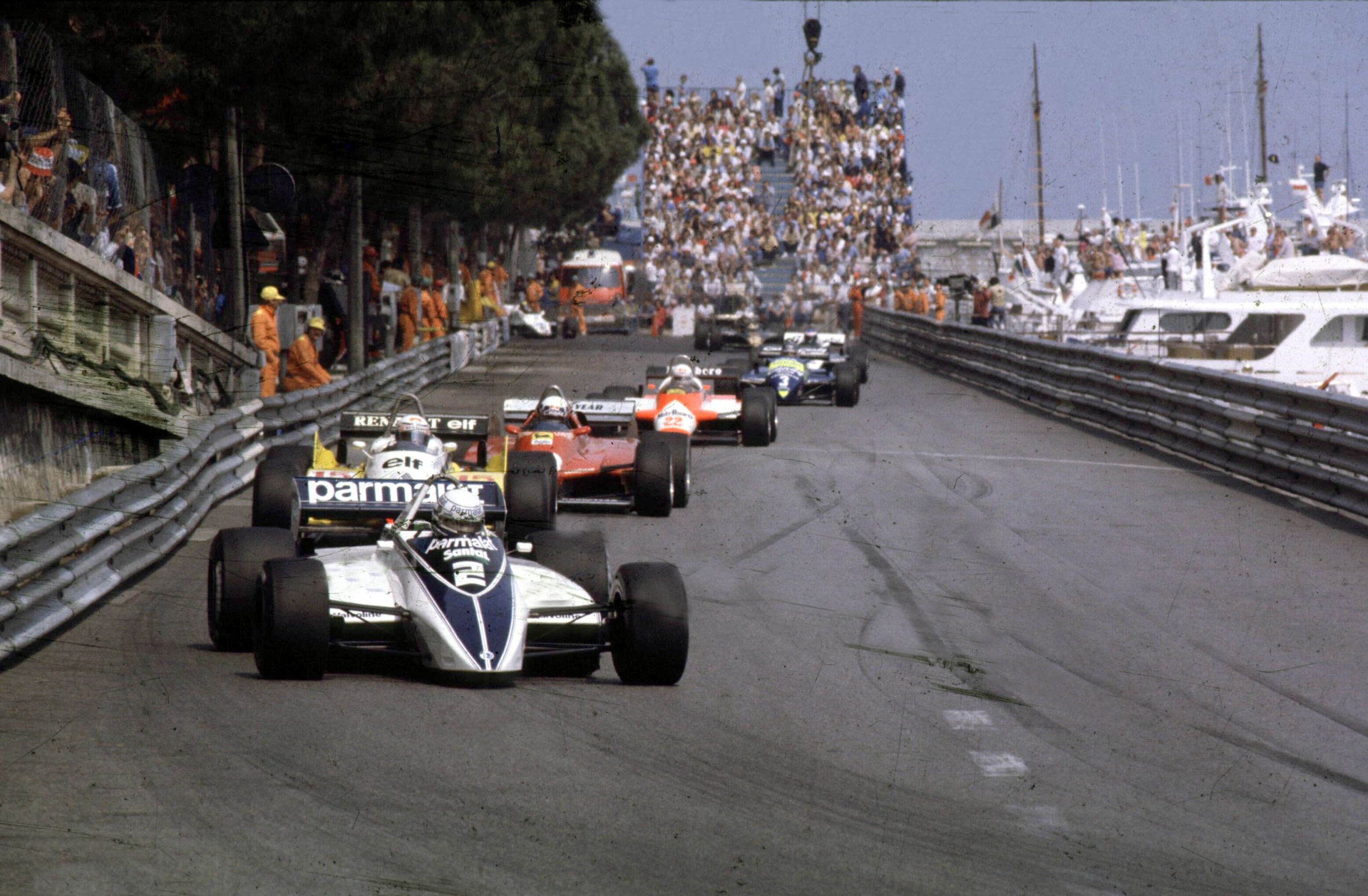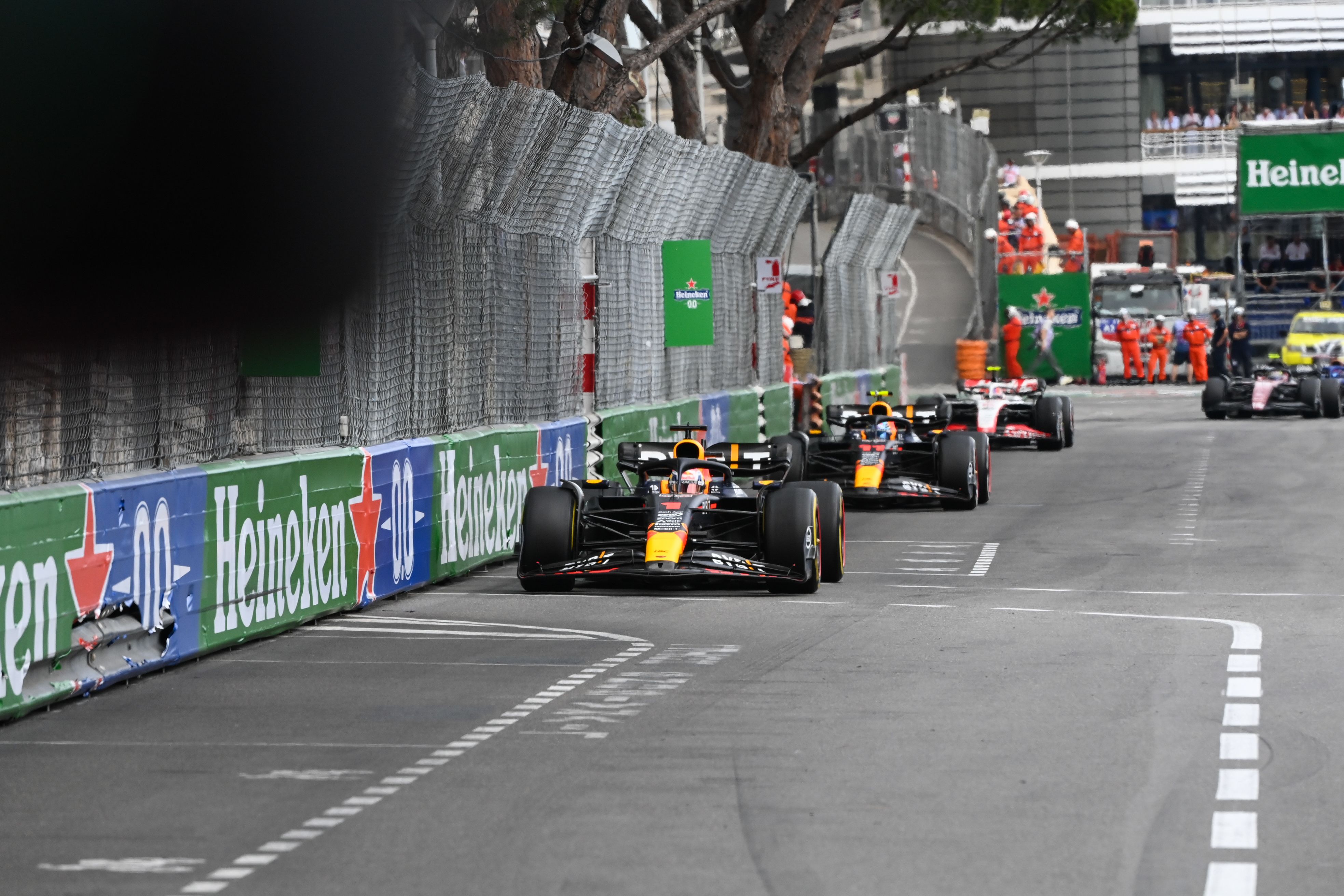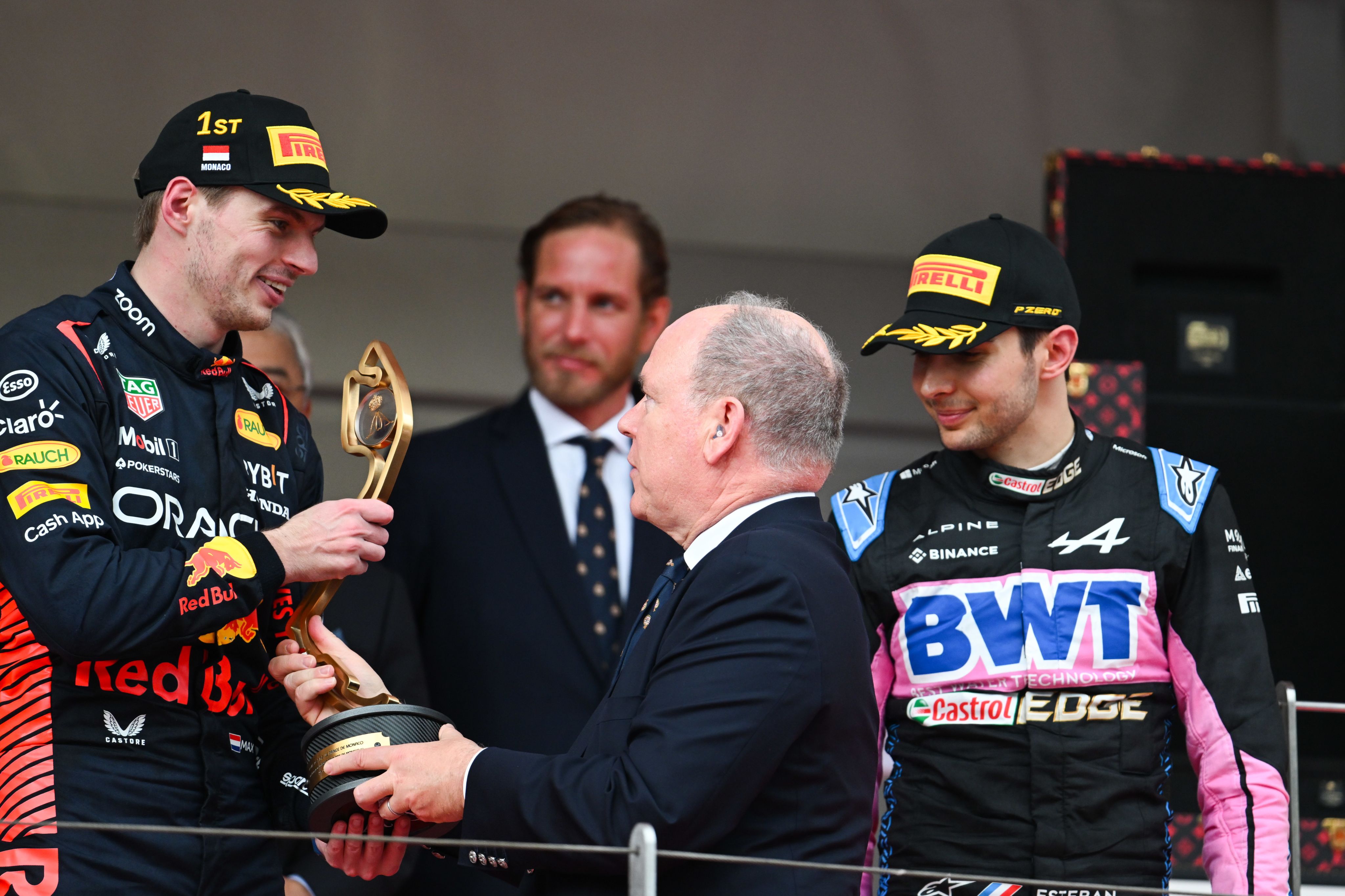Monaco GP: The Formula 1 event like no other
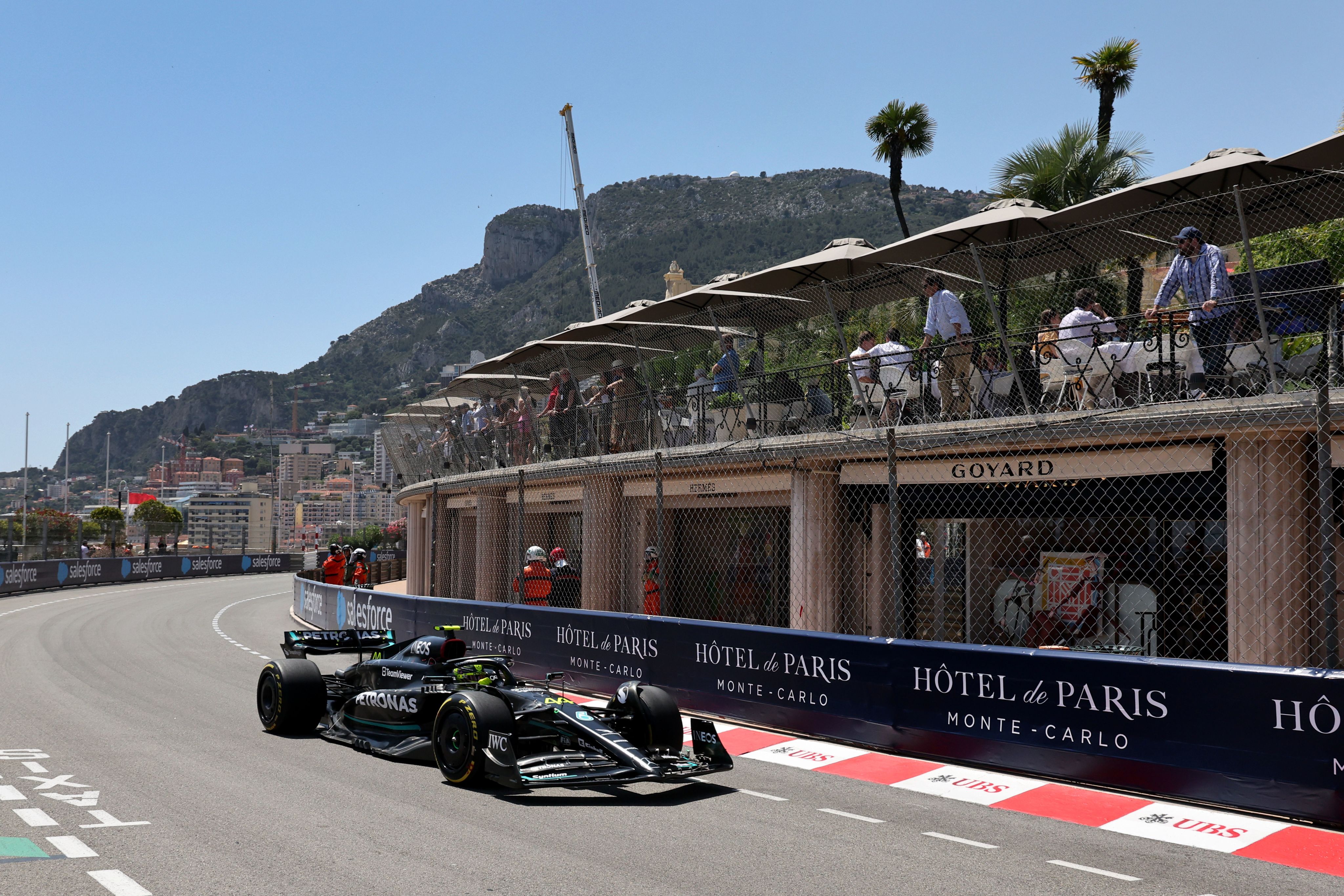
“There is no such thing as a low-risk lap in Monaco, it doesn’t exist if you want to be fast because you have to be on the limit."
The words of world champion Max Verstappen, a two-time winner of the event, describing the challenge required to be fast – and therefore successful – at the Monaco Grand Prix.
While the Formula 1 calendar may have extended exponentially since the Principality's street circuit staged the second ever round of the F1 world championship back in 1950, with several events on the now 24-stop schedule vying for the title of the sport's most significant, there is still no where quite like Monaco.
“Monaco is a spectacular event,” said McLaren chief Zak Brown to Sky Sports ahead of the 2024 race.

“Everyone loves going to it.
“It is an event – not just a race.”
And it's back this weekend, all live on Sky Sports F1, with Sunday's 78-lap race starting at 2pm.
Ahead of the must-watch action, come on a guide like no other in F1 as we take a look at an iconic circuit that has barely changed since that 1950 event, and which is widely regarded as the hardest to win by drivers.
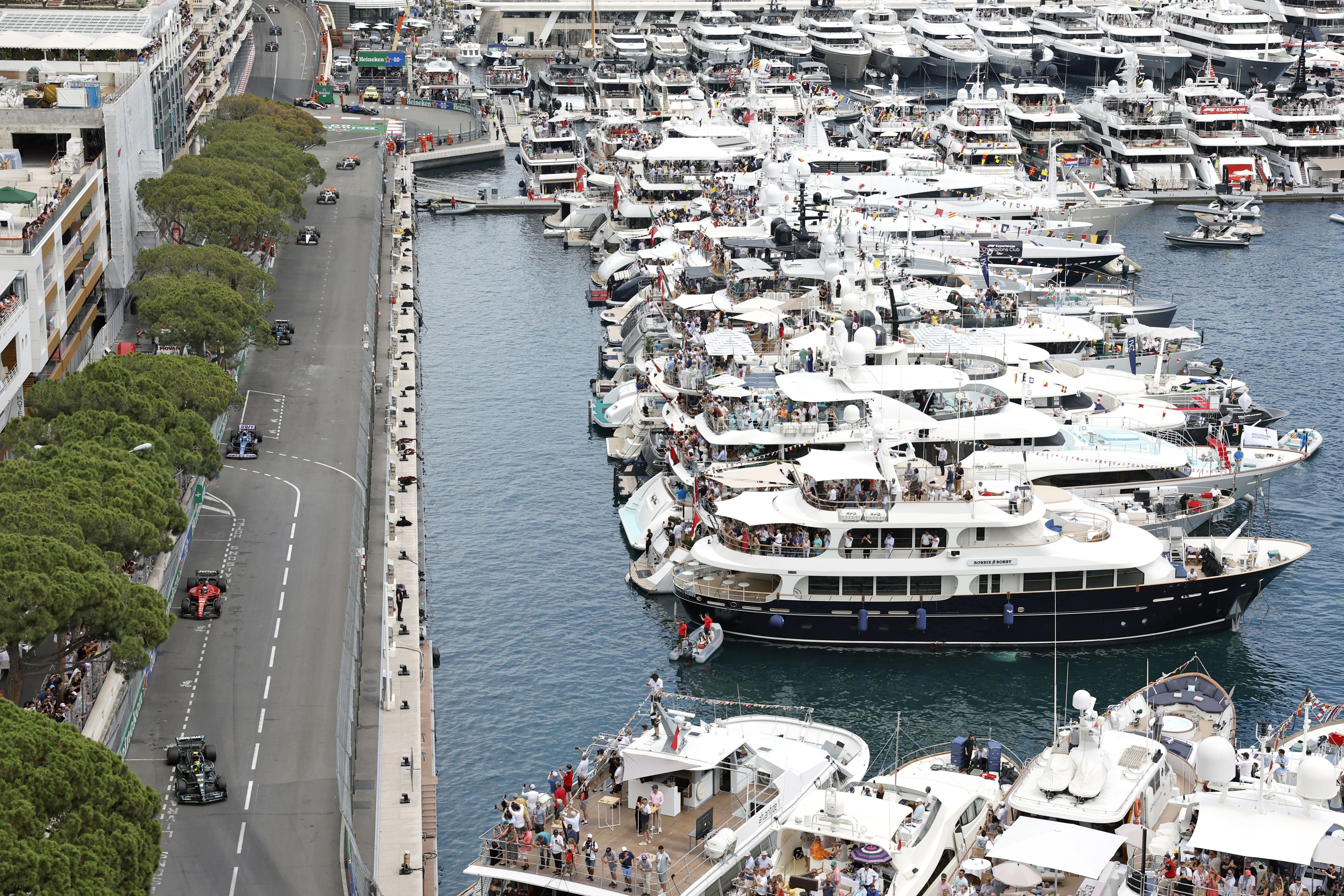
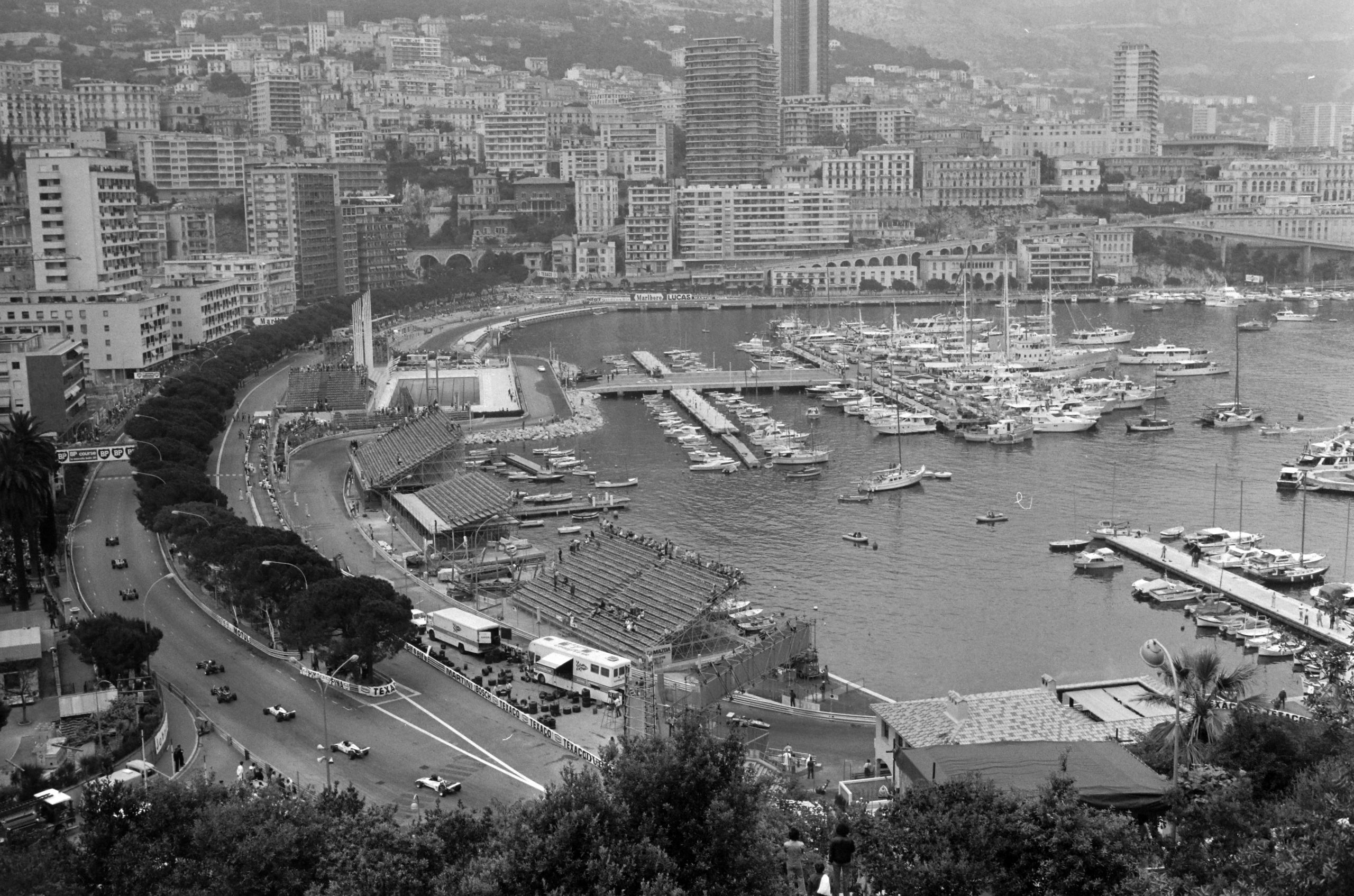
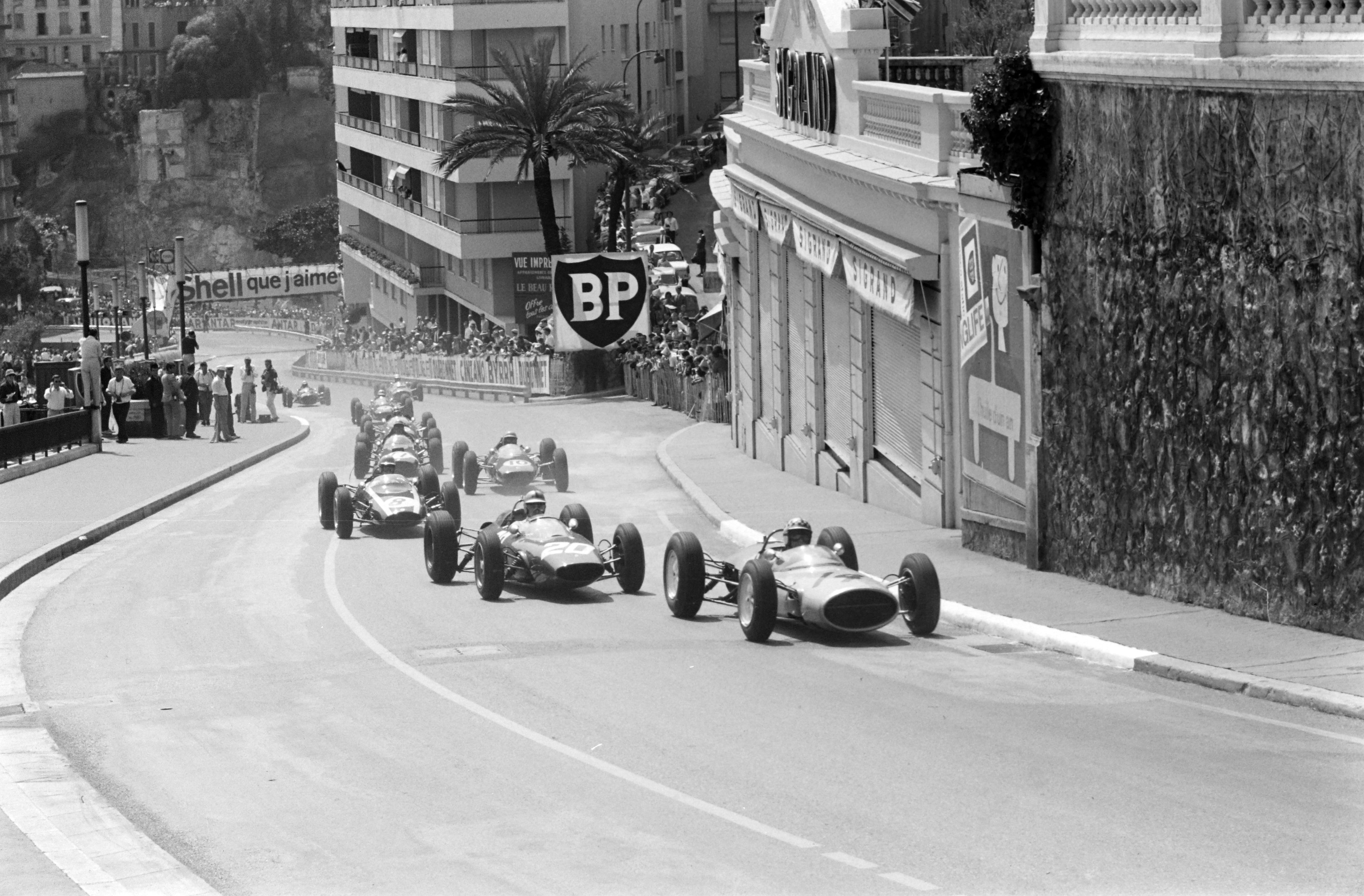

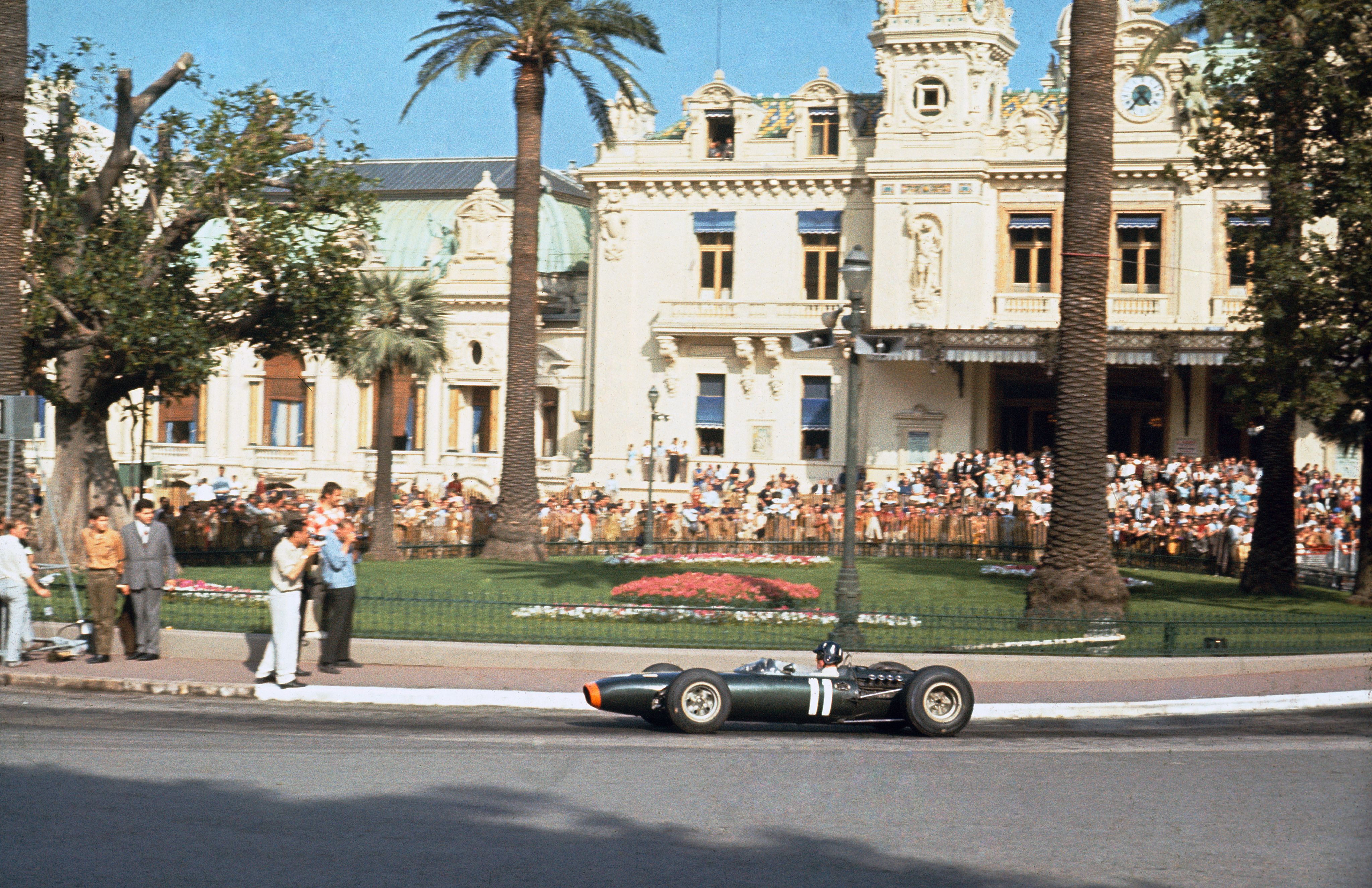
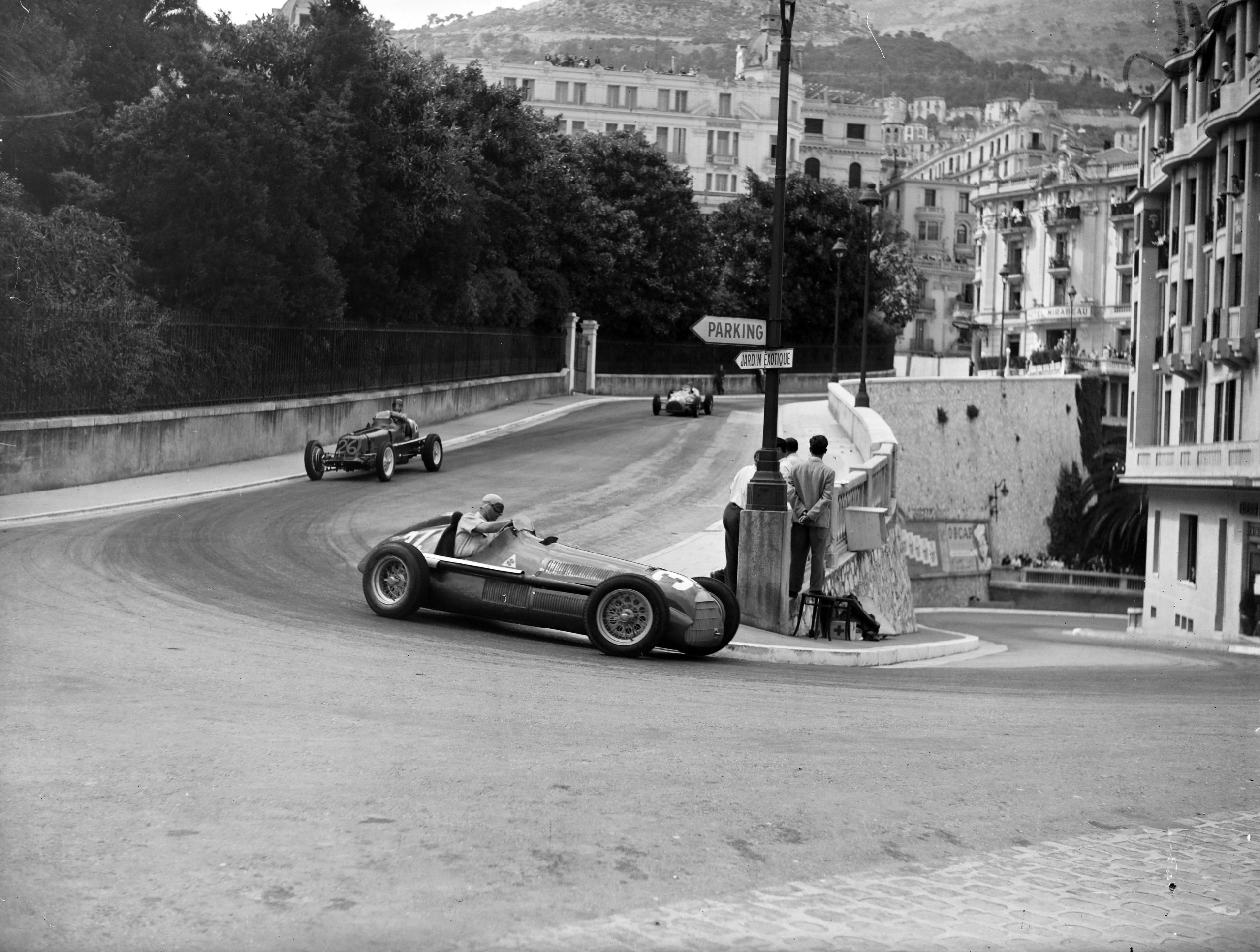
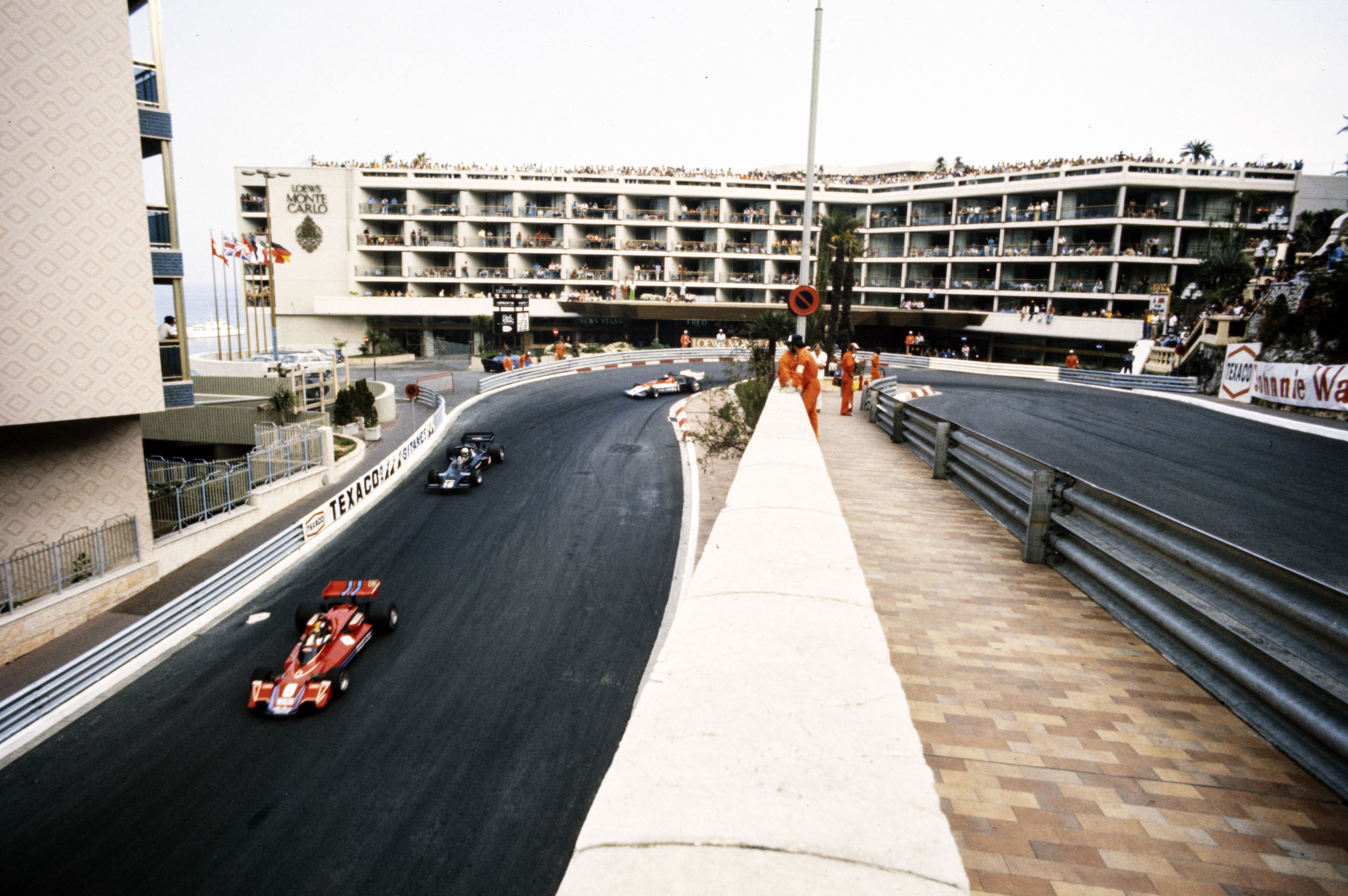
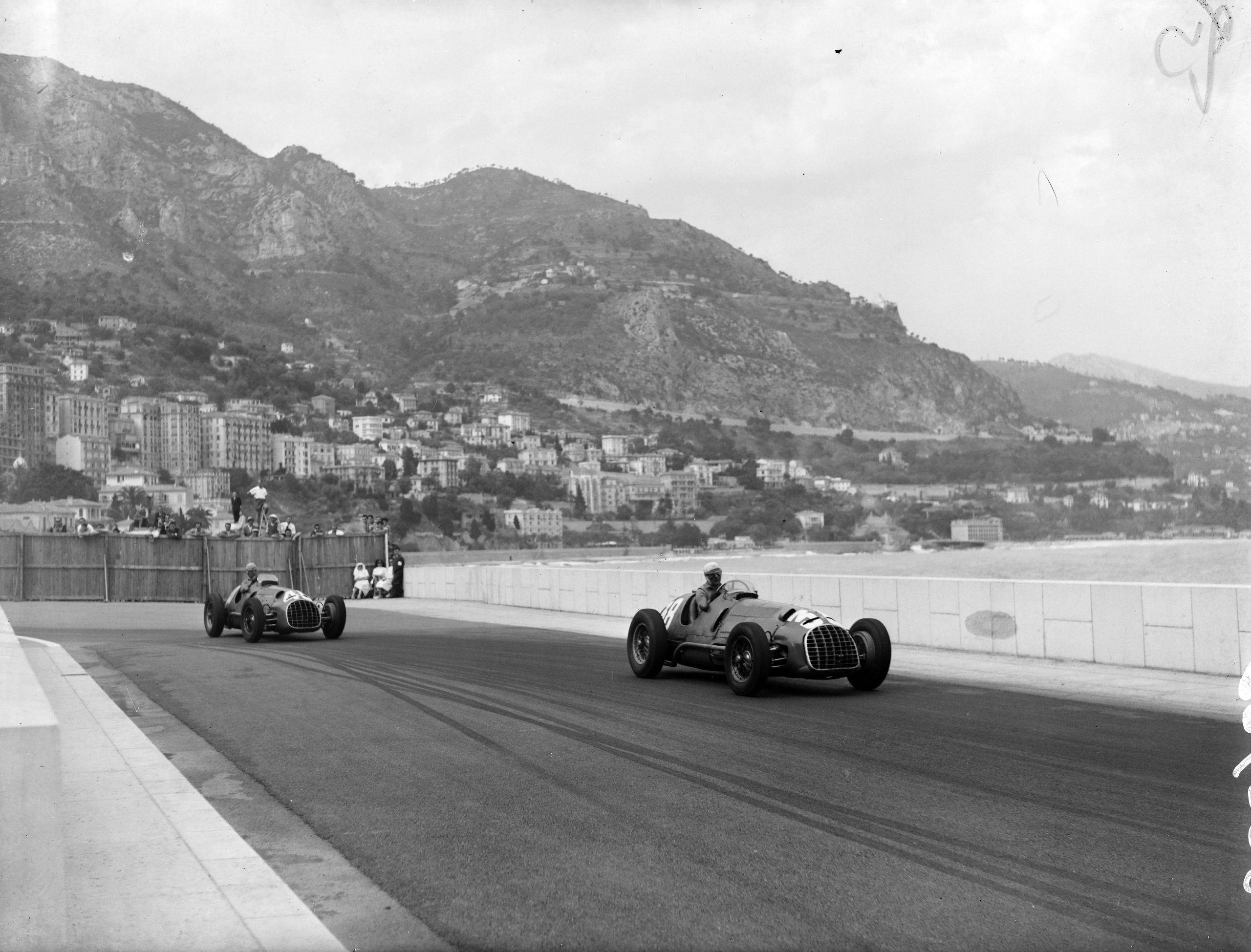


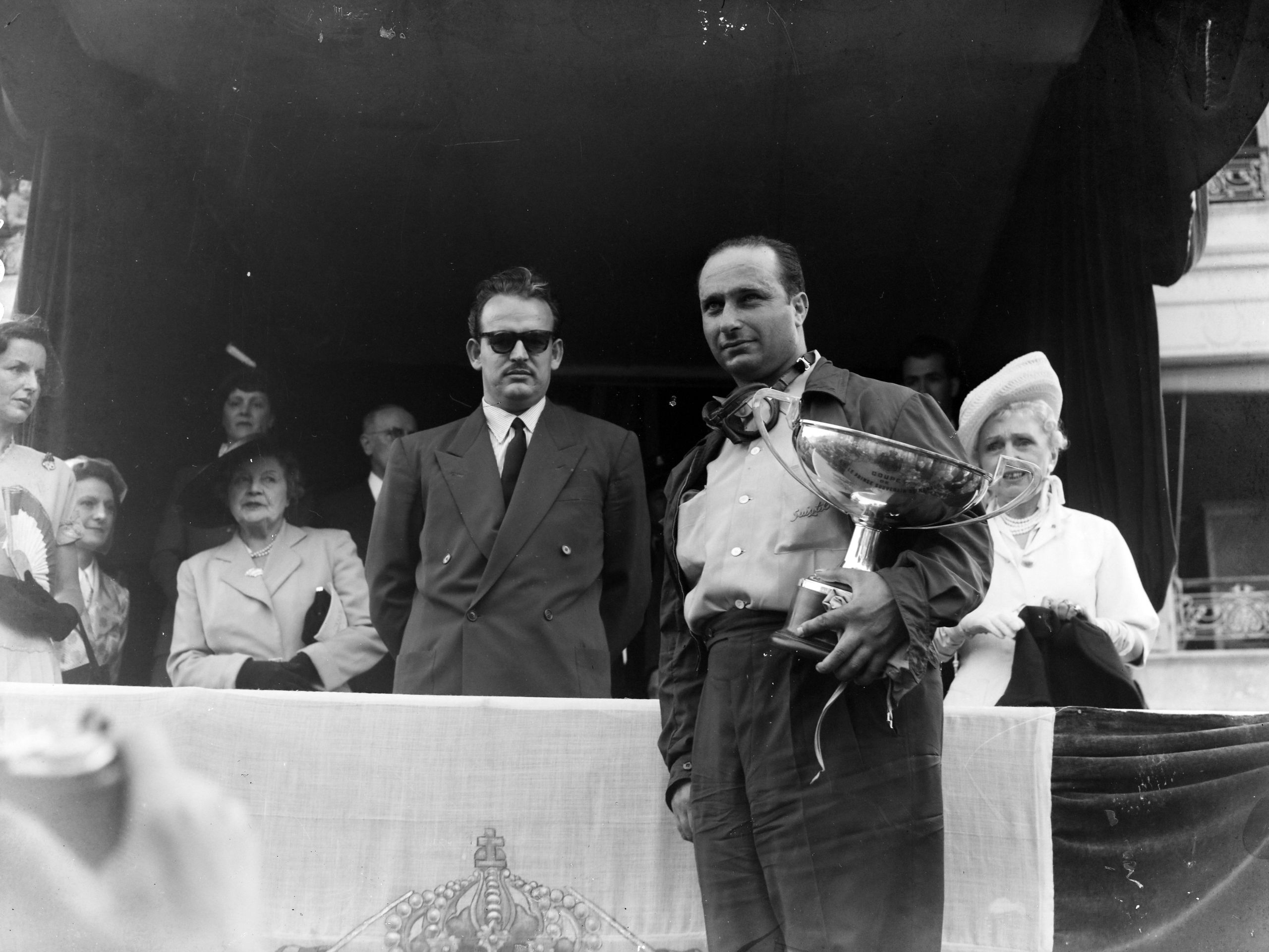
The guide to a marvelously unique circuit
Nineteen narrow corners. Barriers in a driver's eyeline throughout, ready to punish even the smallest of errors.
Alongside the stunning backdrop of the French Riviera. This, is the Circuit de Monaco.

F1's most difficult lap starts with a run down to a narrow right-hander, Sainte Devote; named after a chapel which is situated just behind the corner. Sainte Devote offers plenty of opportunity for carnage - particularly on Lap One - while also offering an overtaking opportunity as it's at the end of a DRS straight.
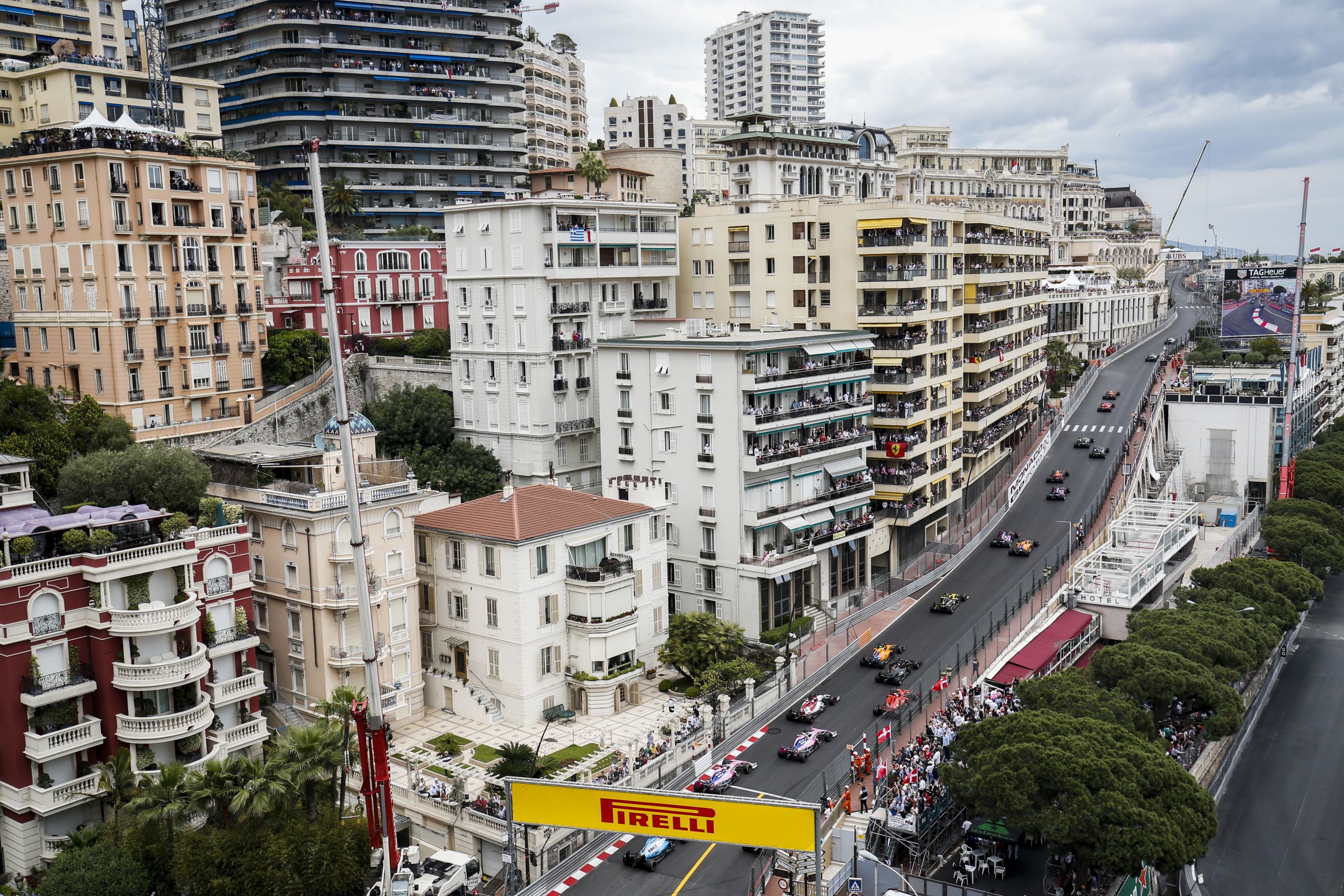
A run up the hill with a slight kink in the track (Beau Rivage) leads you to Massenet, a tight but surprisingly quick left-hander. It takes its name from a French composer, with the corner skirting the Monaco opera house.

Drivers then get to 'Casino', a right bend which passes the Casino de Monte-Carlo.
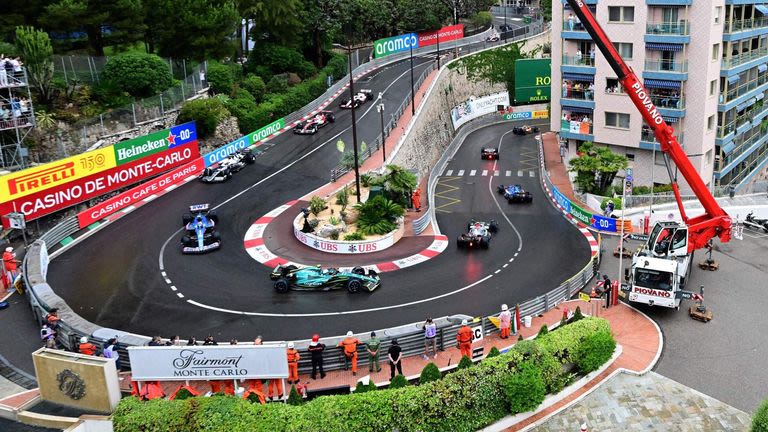
Now things get a bit tighter. The Mirabeau Haute and Mirabeau Bas right-handers, named after the nearby hotel, sandwich one of the most recognisable corners on the circuit, the Grand Hotel Hairpin. Good luck getting your car around this, let alone attempting an overtake!
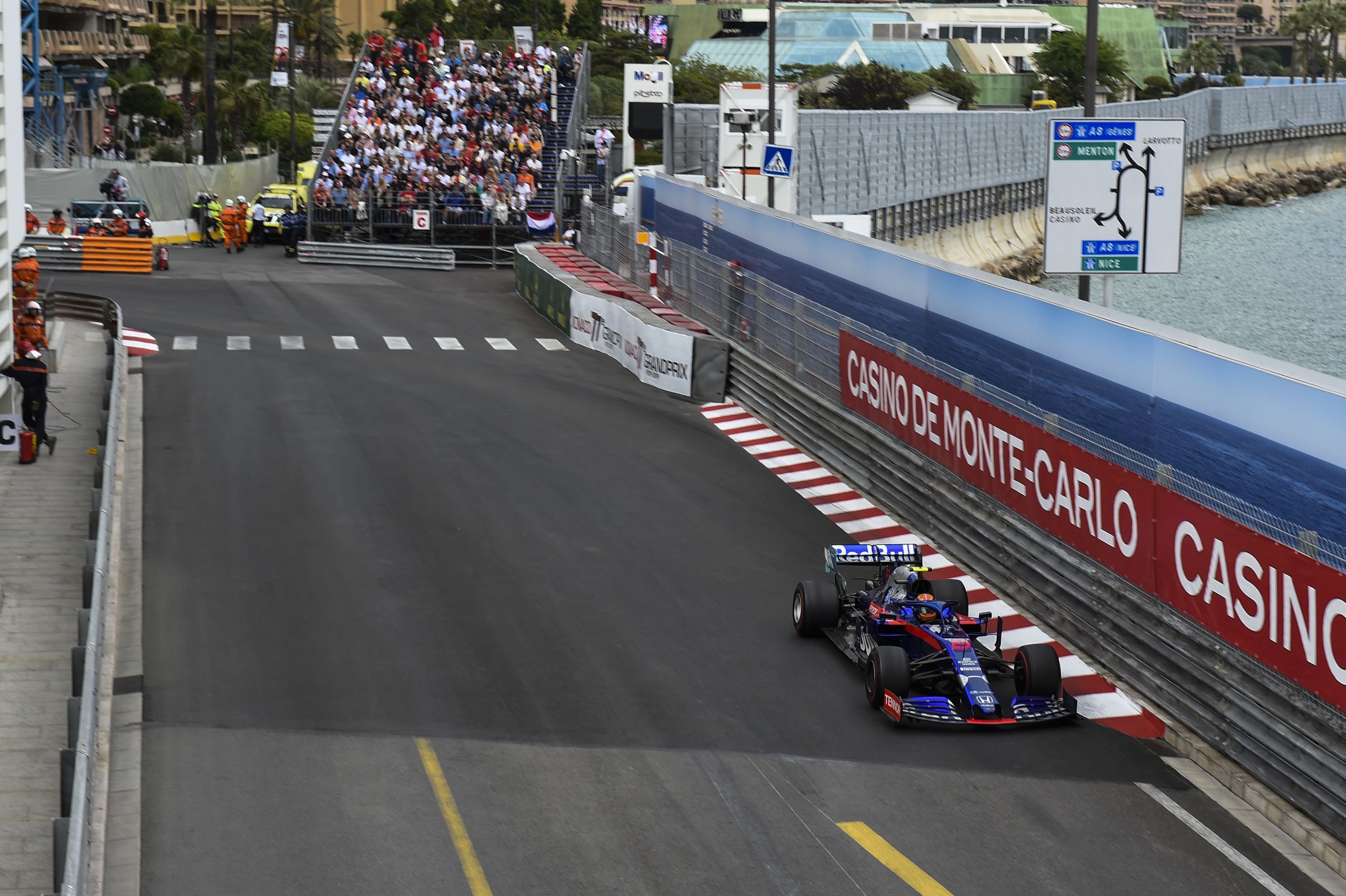
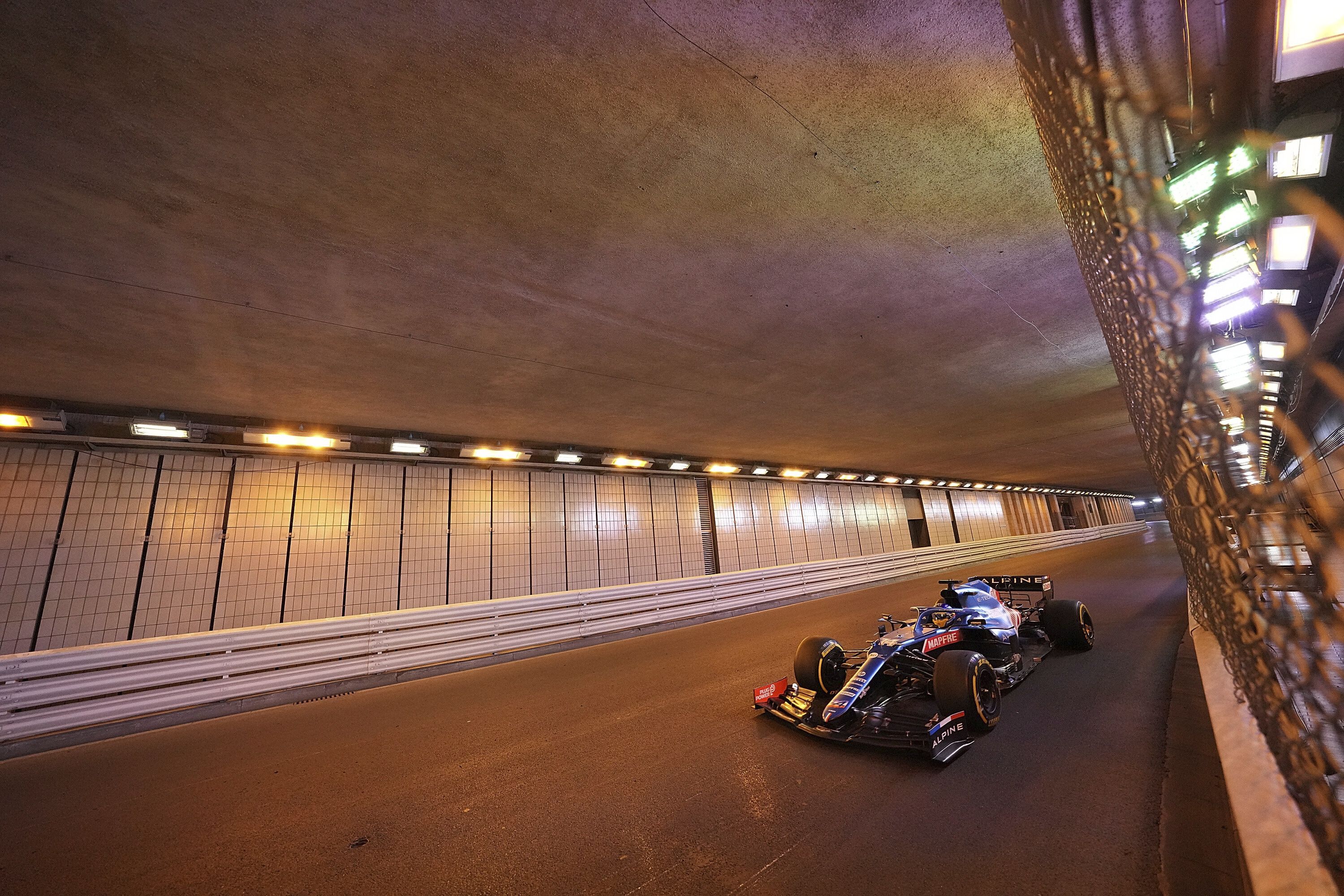
Instead of driving into the sea, it's a good idea to turn right at Portier - before drivers make their way into the tunnel. There's a gradual right bend in there, although it's easily flat out these days.

Out of the tunnel, drivers are greeted by an overtaking opportunity into the Nouvelle Chicane. Oh, and by many fans on yachts...

Then we have a left-hander, Tabac - named after a small tobacco shop.
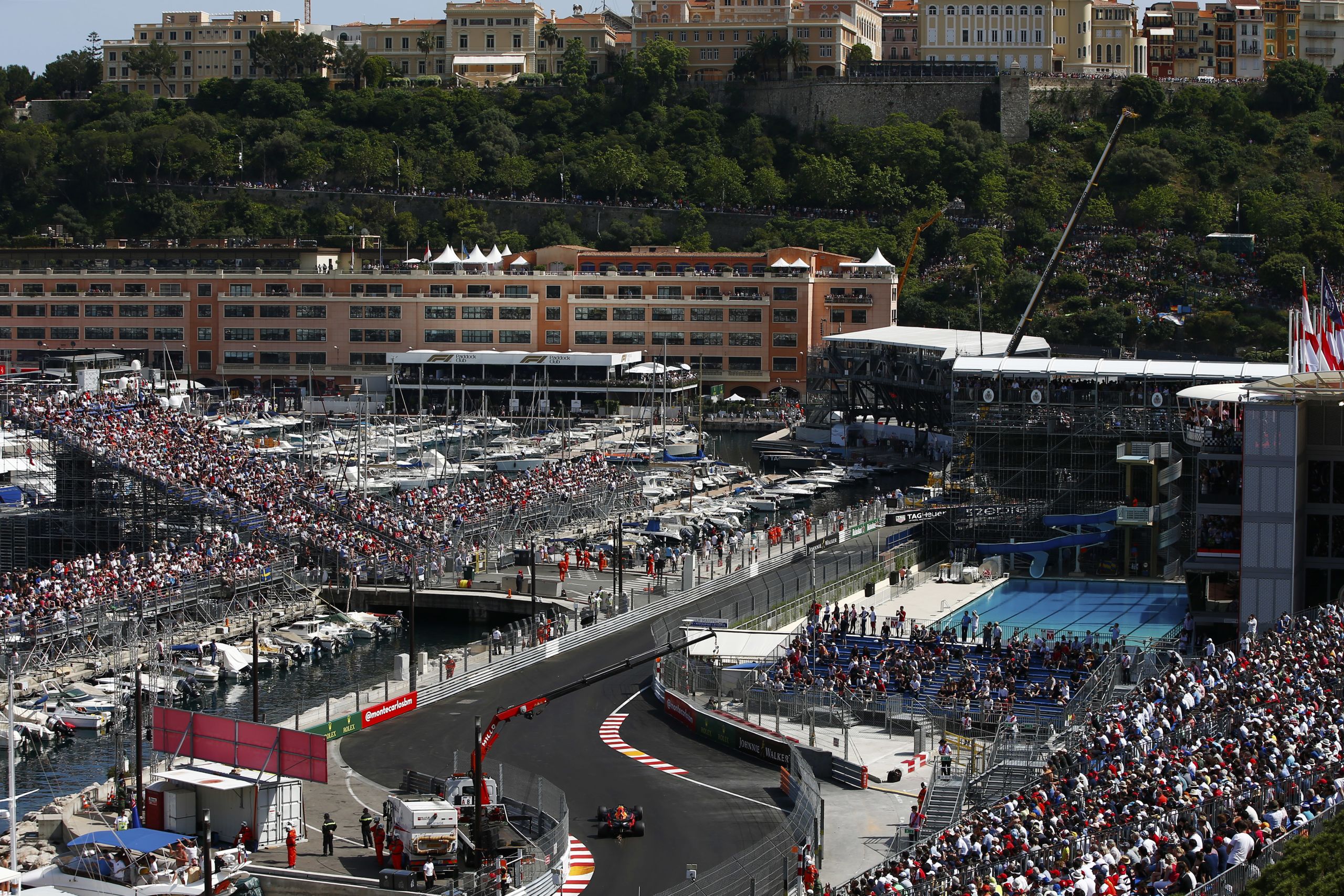
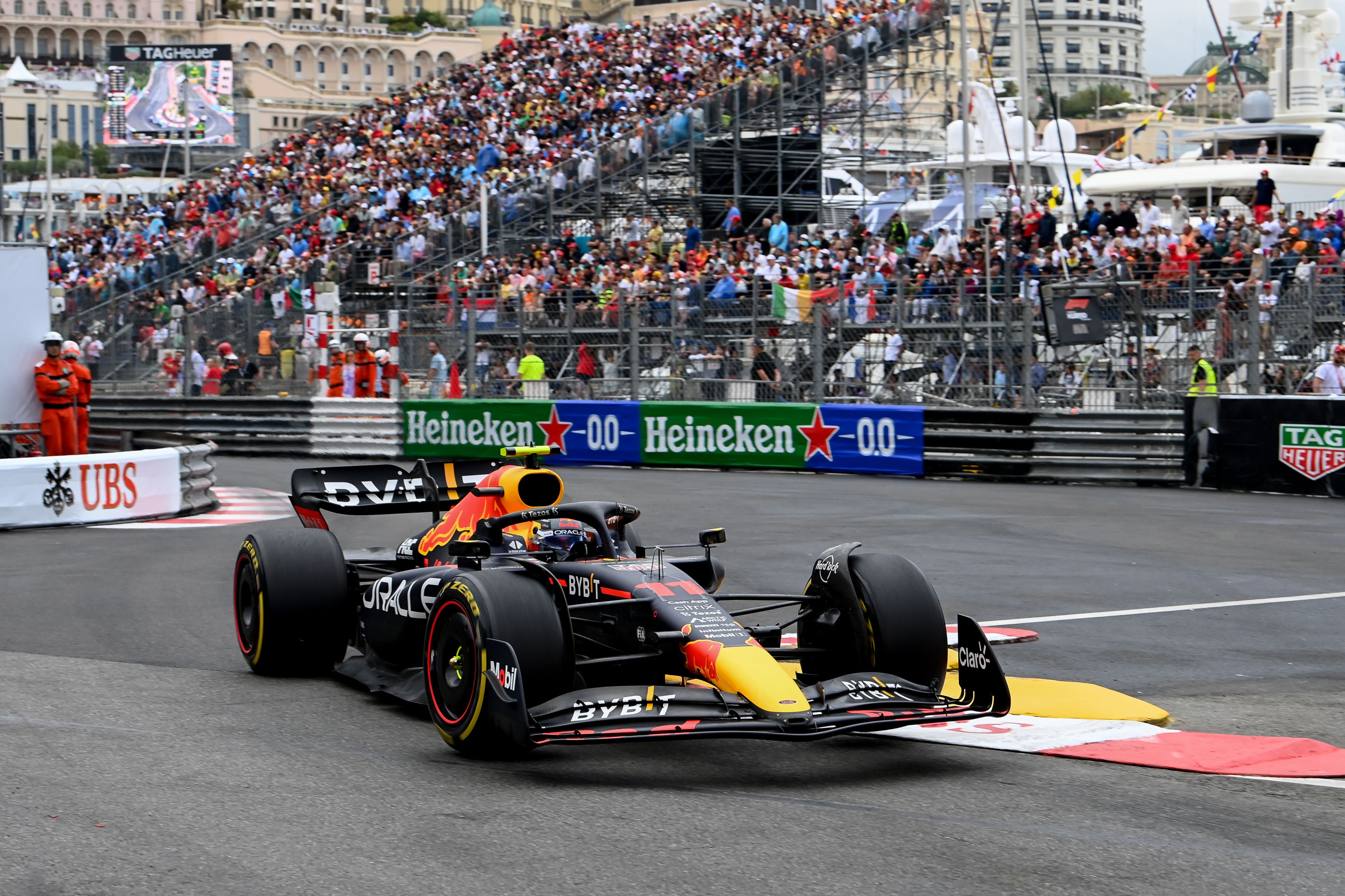
We then have a fast and incredibly technical 'swimming pool complex', with two chicanes which look, and must feel, lightning quick - with barriers ready to punish the smallest mistake. The left-to-right chicane is named Louis Chiron - a Monegasque former driver - while the right-to-left takes cars back around the swimming pool.
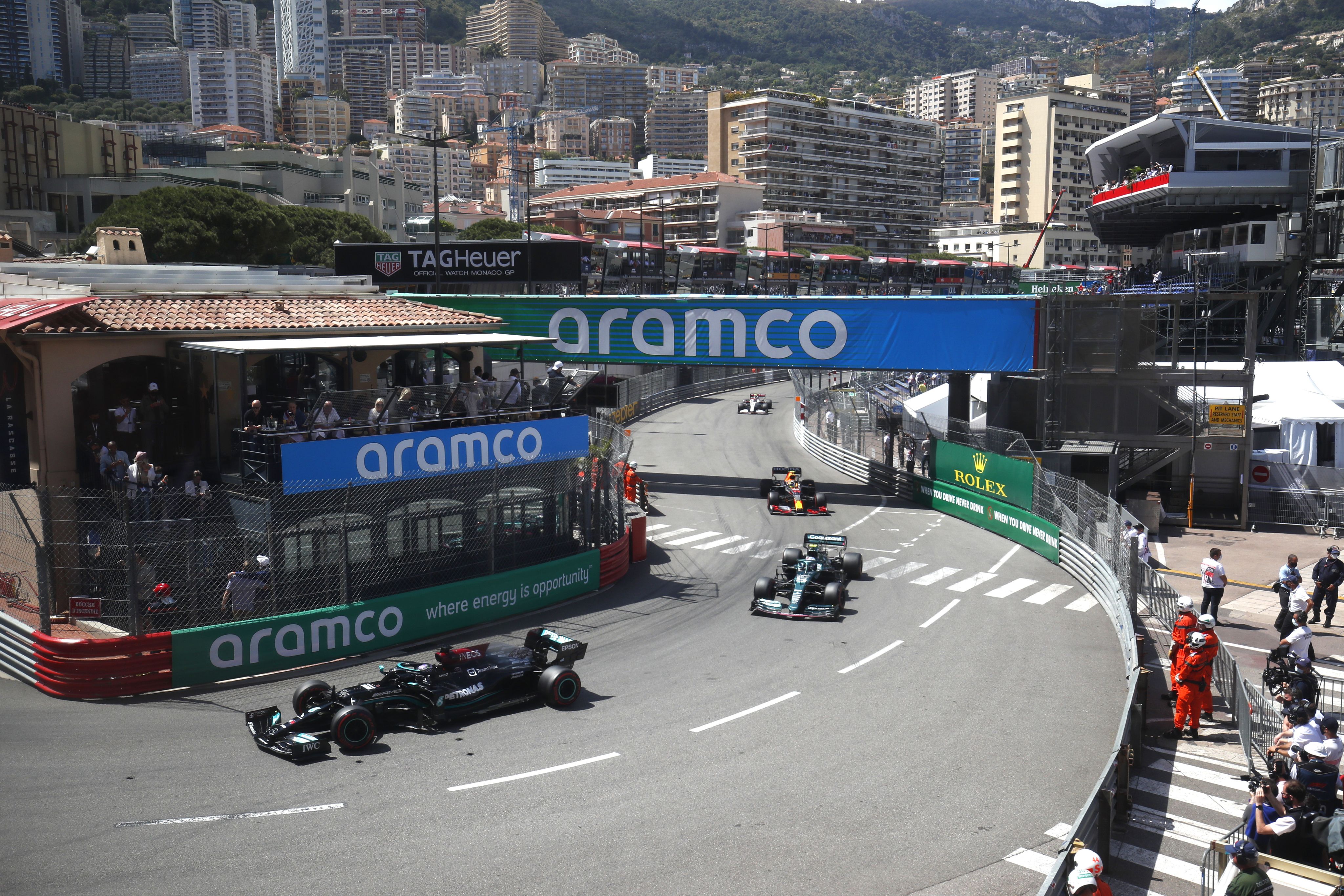

Then it's time for the very narrow La Rascasse corner (next to a restaurant of the same name), where there have been many incidents over the years, before drivers take on a more manageable final Anthony Noghes right-hander. Noghes was the founder of the Monaco GP.
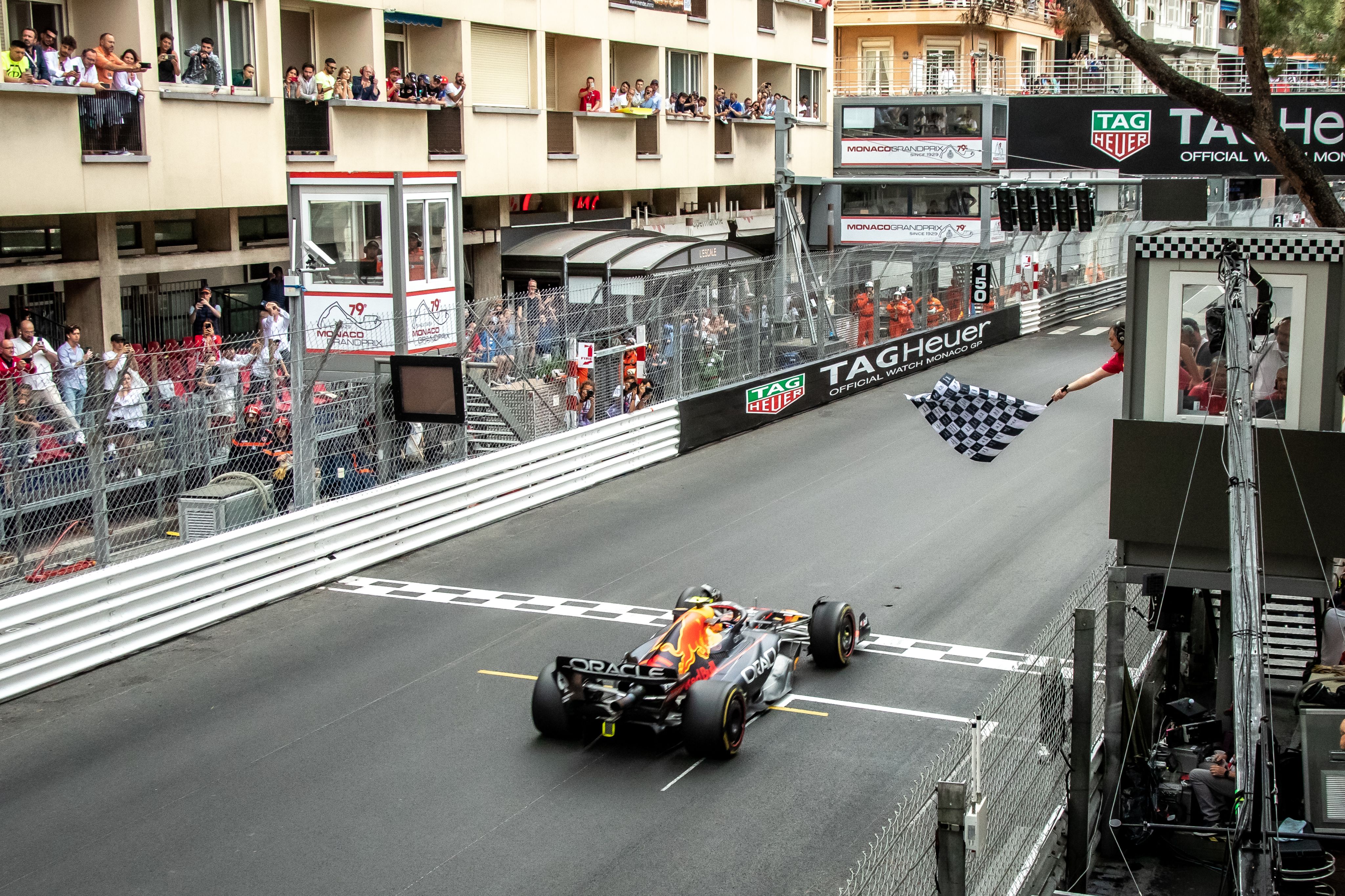
Drivers then make their way back up the start-finish straight to complete the lap.
Do that for 78 laps at the front and you become a Monaco Grand Prix winner.



